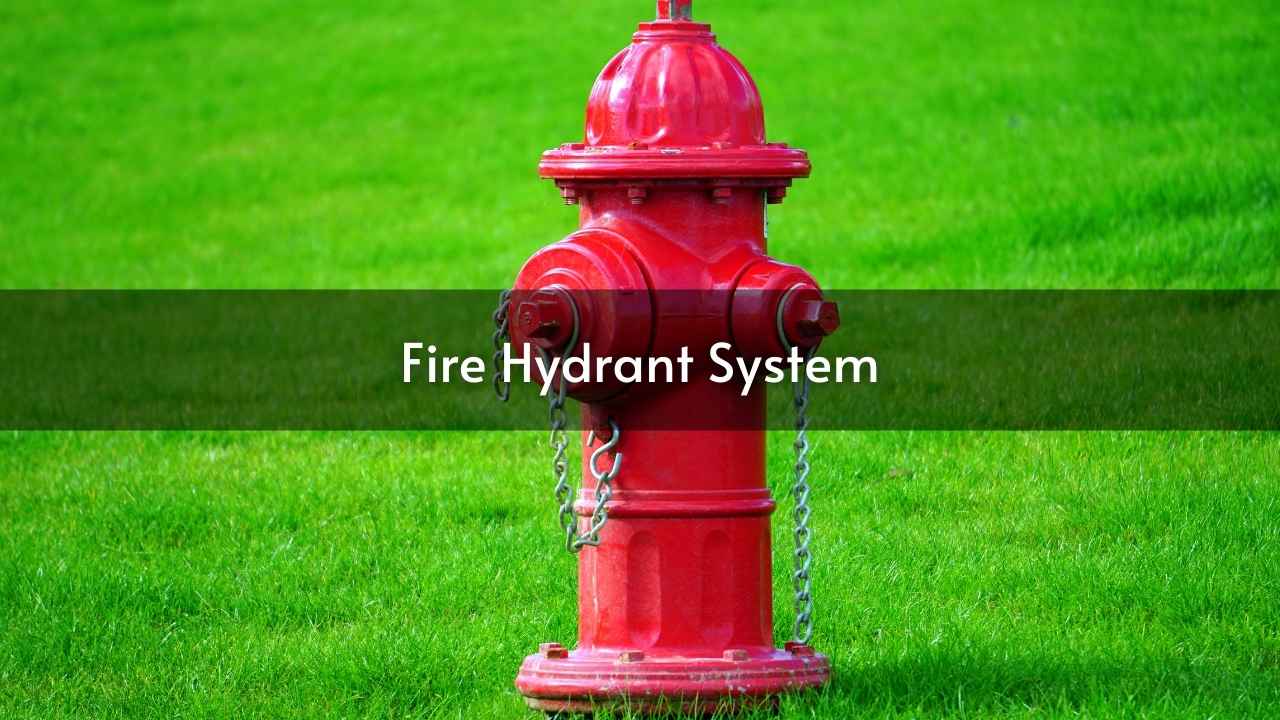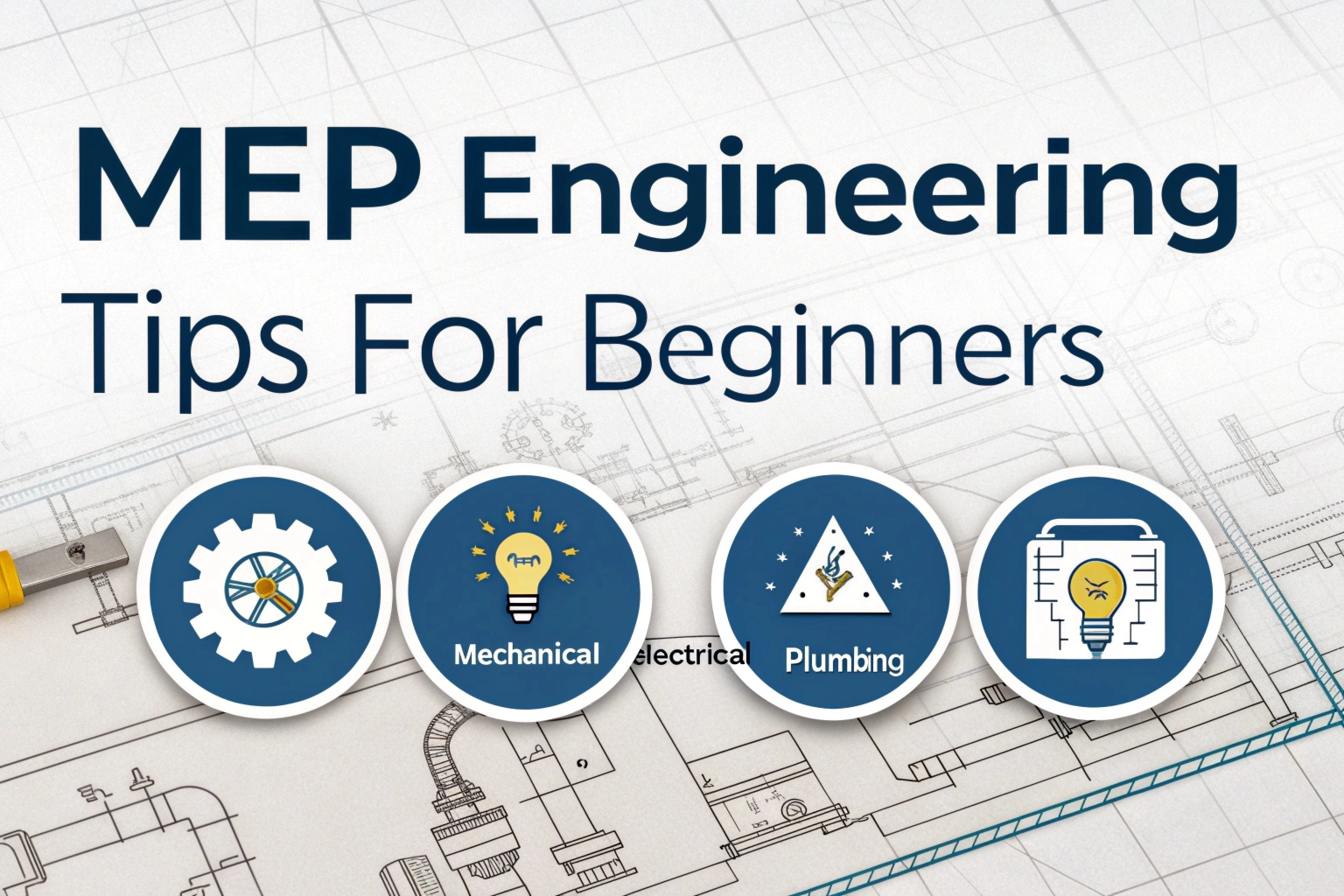A Fire Hydrant System helps put out large fires and is an active fire protection measure. It provides quick access to water during a fire. The installation includes pipes connected to the water supply that deliver water to each hydrant. Firefighters use this water to combat flames. The water goes into the fire engine, which pumps and sprays it onto the fire. If the water supply is weak, hydrant pumps boost the pressure in the fire mains. This blog will explain how fire hydrant systems work, their main parts, and how to use them effectively in emergencies. Knowing this can prevent a small fire from becoming a major disaster.
What is a Fire Hydrant System?
A fire hydrant system is an important safety tool in some buildings. It consists of various parts that work together to provide water to help firefighters during a fire. This system delivers water with enough pressure and flow through pipes to a network of valves located in key areas of the building for firefighting.
In some cases, the water from this system can also support other safety equipment, like automatic fire sprinklers or fire hose reels.
When designing a fire hydrant system, engineers must meet specific goals. They conduct a hydraulic analysis to ensure that the system can provide enough water pressure and flow, especially at the hydrant that might be hardest to access. The requirements for pressure and flow depend on the building’s size, type, and sprinkler systems.
Key Components of a Fire Hydrant System
It’s important to know the key components of a fire hydrant system. Each part plays a role in making firefighting more effective.
The main parts of a fire hydrant system are:
- Firefighting pumps and accessories
- Piping
- Control panels
- Landing valves
- Hoses
- Couplings
- Hose reels
- Branch pipes and nozzles
- Fire brigade connections
- Wiring and instruments
- Maintenance valves
Fire Hydrant System Performance
The water supply for a fire hydrant system, including pressure and flow rate, is crucial for its operation. Important factors include:
- Building classification and use
- The number of stories and the fire compartment floor area
- How many fire hydrants need to flow at the same time (Clause 2.2.2)
- Water pressure and flow (Clause 2.2.3)
- Water speed in the fire hydrant system pipes
- Hydraulic losses and friction from backflow prevention, metering, pipes, valves, and fittings.
How Does a Fire Hydrant Work?
Fire hydrants connect to a system of pipes that link directly to the main water supply. This setup lets firefighters access water to fight fires. The water flows into the fire engine, where it gets pumped and sprayed on the fire. If the water supply is weak or unreliable, hydrant pumps help maintain pressure in the fire mains.
The fire pump station includes a jockey pump, an electric pump, and a backup diesel pump. These pumps work automatically, turning on based on the pressure in the hydrant network. The jockey pump and main pump both connect to a common delivery header.
Fire hydrant lines stay pressurized with water. If the pressure drops, the jockey pump starts automatically to fix the pressure difference. When firefighters open one or more hydrant valves to fight a fire, the jockey pump can’t make up for the lost water, causing further pressure drops. If the pressure falls too low, the main pump kicks in. If the electricity goes out, the diesel pump activates as a backup.
A firefighter connects a fire hose to the hydrant and opens a valve to draw water from the main supply. Most fire hydrants allow at least 250 gallons (950 liters) of water to flow through each minute.
Using a Fire Hydrant
A fire hydrant system usually has pressurized water ready for emergencies. When someone opens the hydrant valve, the water pressure drops.
A pressure switch detects this drop and starts the booster pump(s). These pumps draw water from the supply to raise the water pressure in the system.
Water then flows from the hydrant through a layflat fire hose to a nozzle, which sprays the water on the fire.
During a fire, the fire brigade may add more water and boost the pressure. They do this by connecting a fire truck to an alternate water supply and the booster connection.
Safety Tips for Using Fire Hydrants
Stay safe when using fire hydrants. Here are some important tips:
- Always wear the right safety gear.
- Watch for your surroundings and possible dangers.
- Check that the hydrant works before using it.
- Don’t try to use a hydrant unless you have proper training.
Maintenance of Fire Hydrant Systems
Regularly maintaining fire hydrant systems is important to make sure they work properly. This includes:
Checking and Testing
Inspect fire hydrants often to find any damage or problems. Test the water flow and pressure to ensure they are ready for emergencies.
Repairs
Fix or replace any damaged parts right away. This includes stopping leaks, changing broken pieces, and making sure all connections are tight.
Record Keeping
Keep track of all inspections, repairs, and maintenance work. This documentation is important for safety checks and compliance.
Conclusion
In conclusion, a fire hydrant system plays a vital role in fire safety by providing quick access to water during emergencies. Understanding its components, how it works, and proper usage helps firefighters effectively combat fires. Regular maintenance ensures these systems remain operational and ready when needed. By following safety tips and ensuring that hydrants are in good condition, we can prevent small fires from escalating into major disasters. A well-functioning fire hydrant system not only protects lives but also safeguards property from fire damage.
FAQs
How would you describe a fire hydrant?
A fire hydrant is a visible fixture found near buildings, parking lots, industrial areas, mines, or roads. It connects to a city or private water supply. Firefighters use fire hydrants to quickly get the water they need to put out fires.
What are the principles of fire hydrants?
Fire hydrants work on a fail-safe principle. To open the valve, you need to apply downward pressure. Most fire hydrants are dry barrel types, meaning the part above the valve stays dry when not in use.
What are the three types of fire hydrants?
The three types of fire hydrants are Dry-Barrel Hydrants, Wet-Barrel Hydrants, Warm-Climate Hydrants, and Flush Hydrants.
What are the components of a fire hydrant?
Fire hydrants have pipes that act like veins, carrying water from the source to the hydrant. This setup ensures water flows quickly when needed. Valves control the water flow, helping firefighters manage it efficiently.
Read More – Fire Classification Types: Understanding Different Fire Categories















